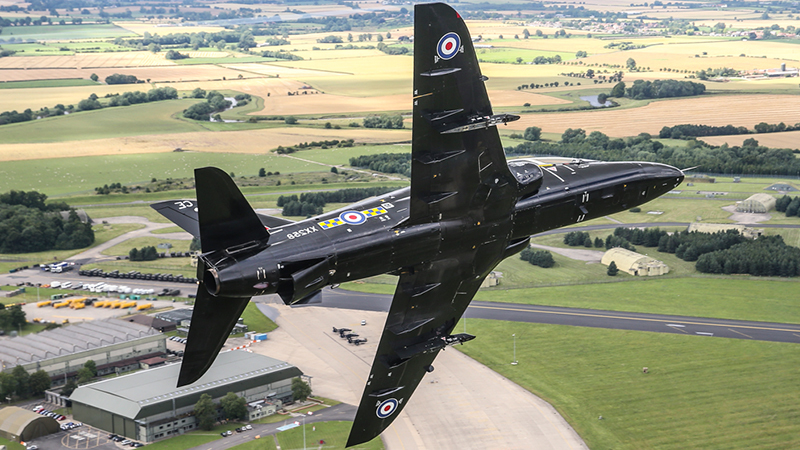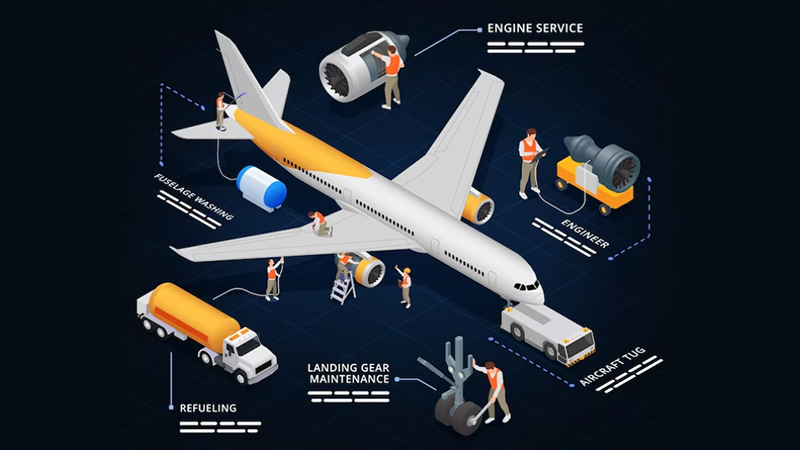

Image Courtesy RAF.
The BAE Systems Hawk T-1 is by now an iconic part of the RAF’s fleet. Originally marked for retirement in 2025, the MOD confirmed earlier this year that it brought the date forward to 2022.
To celebrate the life of this enduring aircraft, we will take a look at its history and purpose in the RAF.
The Hawk T-1 (Trainer Mark 1) is a single-engine, jet-powered training aircraft. The RAF’s fleet is based at RAF Leeming in Northallerton. As the name implies, it is purely a training aircraft, and it currently serves as the aggressor in training scenarios and supports Army training and defence engagement.
It first entered service in 1976 after several years in development. The RAF needed a fast jet aircraft to replace the Folland Gnat; the new aircraft needed to reflect advances in aircraft technology. Although a comparatively simple training aircraft, the T1 was an adaptable and useful model.
Over the last five decades, BAE adapted the Hawk into numerous models. It served as the training aircraft for the US Navy, the Finnish Air Force, the Indian Air Force, and more, in various derivations. BAE sold its 1,000th Hawk model in 2012, ranging from the T1 to the T2 and beyond. In that time, the T1 remained the mainstay of RAF training procedures.
The Hawk T1 received numerous changes to its weapon outfits to fulfil different training scenarios. This is one of its main advantages as a training aircraft: it is highly adaptable to various scenarios and needs. Since 1976, the RAF has received around 175 Hawk T-1s, 88 of which received upgrades in the 1990s under the Fuselage Replacement Programme.
Its most iconic role, however, is with the Red Arrows. It has been their aircraft of choice since 1979, and under current plans will continue in service until 2030.
Anyone who has followed MOD developments in recent years will likely know the reason why the T-1 is retiring. The Defence in a Competitive Age report from the MOD states that the T-1 has “increasingly limited utility in the digital and future operating environment.’ This is unsurprising for an aircraft that is nearly 50 years old, even if it has undergone numerous upgrades.
The RAF will continue using the Hawk 128 (also known as the T-2) for its training programmes. It received the first T-2s in 2009 to replace the T-1s as they were phased out.
The T-2 is a more appropriate – and modern – aircraft better suited to fast-changing technology. It includes updated cockpit displays and avionics, better simulation capabilities, and synthetic radar. The MOD’s report claims that synthetic training will deliver more capable and experienced pilots more efficiently.
The Hawk T-1 has certainly earned its place in the British history books. Serving for five decades as a training aircraft is impressive, but it is thanks to its adaptability and simplicity. The fact that the RAF will continue to use the Hawk aircraft is testament to this, too. Whether the T-2 can survive five decades remains to be seen.
